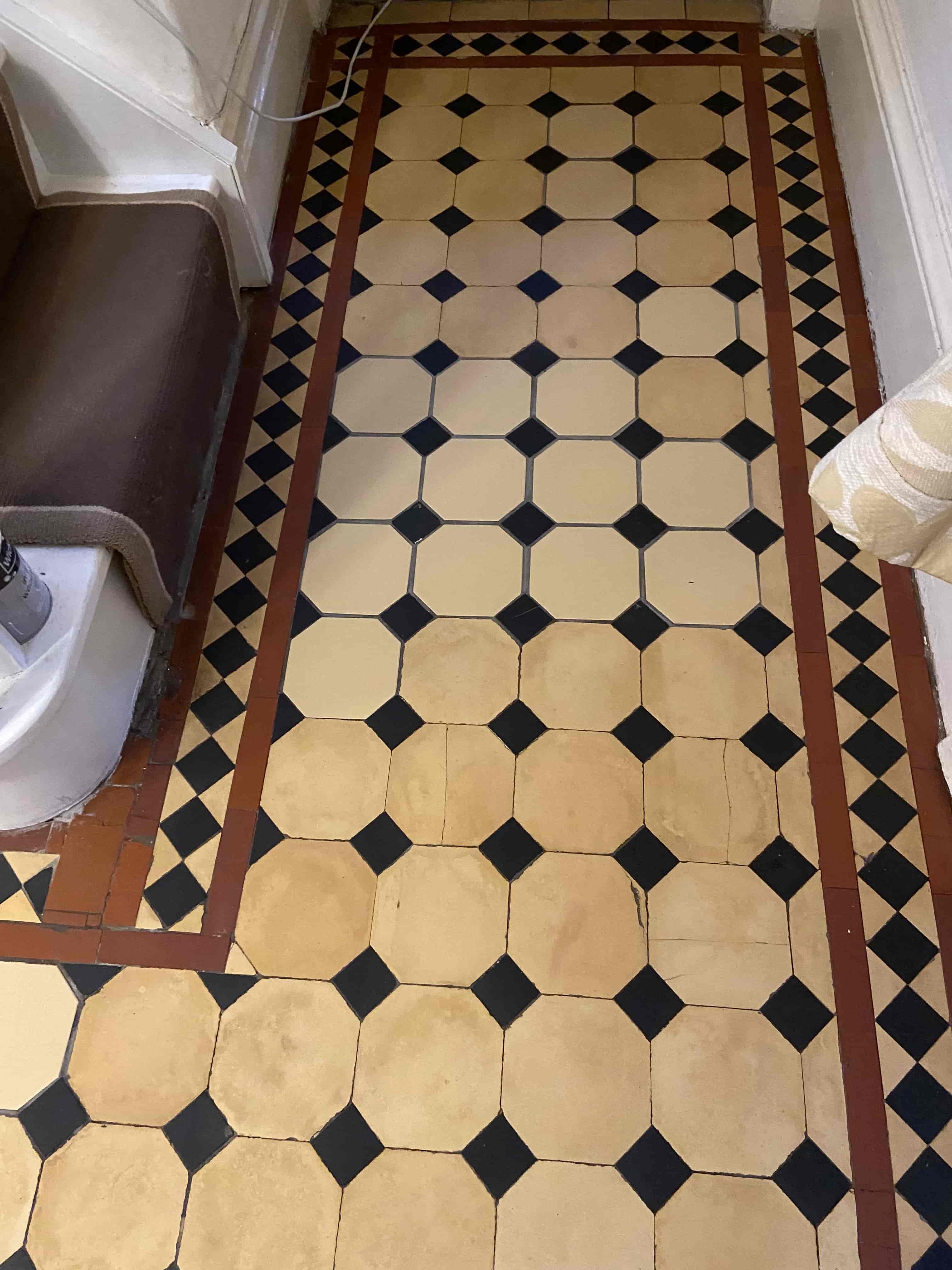Natural cork is gaining serious ground in the flooring world. Although it’s been used for thousands of years, modern day concerns for sustainable practices have brought it back in vogue. There are more than a few reasons to install cork flooring, but it’s not necessarily for everyone. If you're thinking about giving it a try, here are a list of pros and cons to help you make your final decision.
PROS
Hypoallergenic
Cork is naturally hypoallergenic, so if anyone in your home suffers from asthma or allergies, it's a great option. This intrinsic quality also means cork is mold and mildew resistant, and has some natural anti-microbial qualities that keep dust, dirt, and dander at bay.
Soft to the Step
The composition of cork is allows for a very soft step. Air-filled cells compress and release for a springy feel that's more comfortable than laminate or hardwood.
Beautiful
You may never have noticed this while popping wine bottles, but the natural swirls of cork grains are mesmerizing. They look especially cool under a layer of protective polish.
Retains Heat
Cork has a natural insulation ability that can help keep your home, and especially your flooring, warm. This cozy quality can contribute to lower heating bills in cold areas.
Sound Dampening
If you’ve ever pulled out carpet and padding in favor of laminate or hardwood, you’ve probably noticed the accompanying increase in noise. Suddenly, you’ll hear the click of the dog’s nails, the scrape of furniture, and every step made on the surface. Cork’s sound dampening qualities buffer the noises of household activity, like cooking, appliances, and watching TV.
Sustainability
Sustainability is one of the main factors of cork’s renewed fame. In contrast to wood that takes decades to grow back when it's felled, cork harms no trees in the harvesting process. In fact, cork is actually a bark, removed from cork trees that are around 20 years old. 70% of these trees grow in Portugal, with others from various spots around the Mediterranean. Many survive hundreds of years, even with the cork being removed up to 15 times during that span. This environmentally-friendly product makes a great choice for the conscientious consumer concerned about their carbon footprint.
Refinishing
Solid cork flooring can be sanded and restained for an updated look. This allows the flooring to last generations if it is properly sealed and maintained. It also adds to the sustainability aspect of not having to replace the flooring as often as other options.
CONS
Sensitive to Temperature
Going back to those cells full of air mentioned above, cork is a breathable material, meaning it expands and contracts. Temperature changes can bring this on and cause pesky issues, especially if your cork is installed without room for expansion. You can fight this problem ahead of time by acclimating your cork flooring for a few days prior to installation, and leaving a small gap around the edges when you lay it down. It's not too big a deal, though. The expansion isn’t worse than you'll see with traditional hardwood.
Trendy
Ten years ago, cork was a rarely-seen flooring option. Who's to say what the status will be ten years from now. If you like the look, go for it, but if you’re considering resale, remember it might not appeal to everyone.
Dents & Scratches
Like any wood, cork can incur damage in the form of dents and scratches. Dragging furniture, sharp heels, and pet nails can all contribute to scuffs and gouges. Damaged cork can be repaired, but it makes sense to at least consider the traffic patterns of your household when deciding where to install.
Fading
If your cork flooring will be in front of a window or glass door, you’re likely to see fading as a result of sunlight. If you cover part of a cork floor with rugs and mats you later move, this can eventually create an inconsistent look across a room.
Absorbs Liquid
One of the most common complaints about cork is that it absorbs liquids. A well-sealed floor can repel stains, but if the seal fails or is improperly applied, cork is fairly unforgiving when exposed to liquids. Many woods have this same quality, as evidenced by water rings on tables around the globe, but the absorbent nature of cork make it a questionable choice for kitchens and bathrooms, unless you’re willing to take the chance on discoloration and swelling.
Maintenance
As mentioned, cork flooring can handle some wear, but in order to protect your floor you'll need to seal it regularly. Daily upkeep involves sweeping or vacuuming, but cork isn’t considered low maintenance, because it can be difficult to clean more deeply. Oil-based cleaning products will stain the surface, so stick with water-based options and clean up spills immediately.
Durability
Some people consider durability to be a redeeming quality of cork because it holds up better than carpet or hardwood in most ways. However, sand and grit can easily damage the surface of cork. Plus it is very susceptible to dents caused by furniture legs and heavy objects.
While the list of cons may seem long, in reality all flooring options have characteristics that may make them unappealing. Before you commit, consider the area your floor material will be installed, how much daily use it will see, and what kind of maintenance will be required.
Source: www.DoItYourself.com



